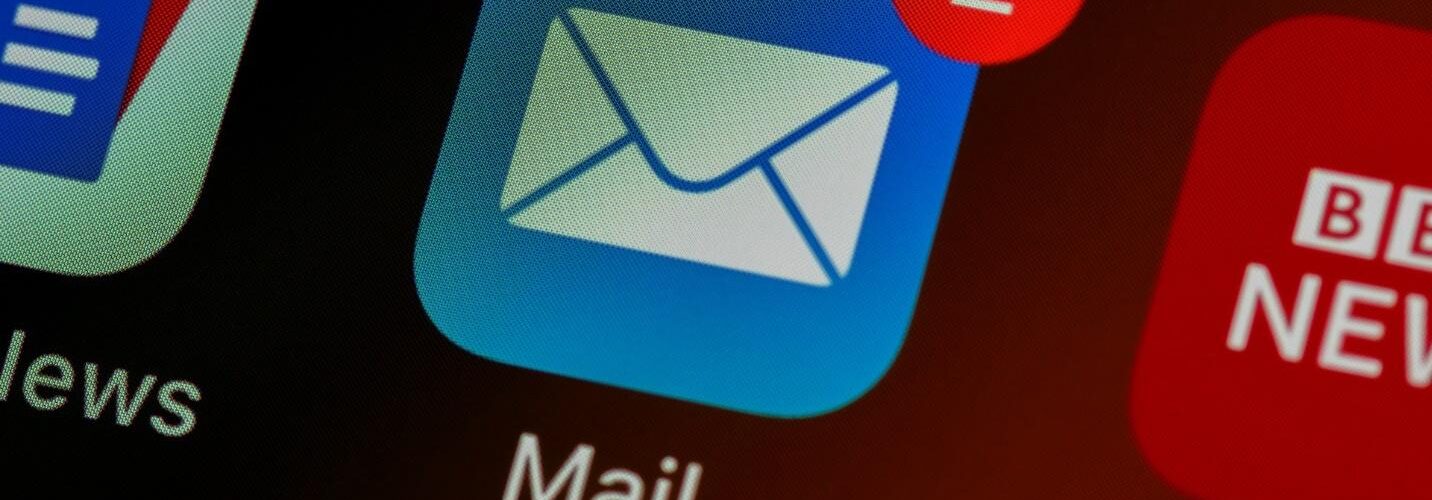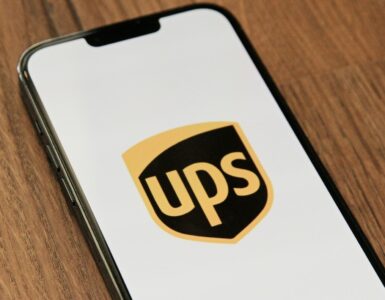Considered one of the earliest email services, Hotmail was not a Microsoft product, contrary to popular belief. However, a technology giant acquired it. The email service was launched during the 1990s, amidst the bloom of the World Wide Web sensation.
Since then, Hotmail has gained global popularity due to its faster, more straightforward, and user-friendly design and functionalities. Today, the service has up to 400 million worldwide users.
The service offers a plethora of features, such as allowing users to preview an email or attachment without fully opening the email, allowing them to change the background colors and text of the email template, etc.
Users can leverage a fast and optimized search within their inbox to find previous emails, mark them as read or unread, and much more.
The Microsoft service is free for Outlook subscribers and is accessible from various devices like PCs and laptops to tablets and smartphones. In addition, users can subscribe to the service’s premium options, allowing them to expand their storage capacity or implement better security.
In light of this, let’s look at who owns Hotmail and why it is successful.
If Microsoft Did Not Start Hotmail, Who Did?
A widespread misconception about Hotmail is that it was developed and launched by Microsoft, which is untrue. Jack Smith and Sabeer Bhatia first created the email application. The service, which originated from California, was launched in 1996.
Thanks to the application’s accessibility features, especially for browser-based systems of the time, Hotmail became a well-liked and popular email service, steadily gaining more users worldwide, especially in the late 1990s.4
There is no fundamental philosophy behind the name ‘Hotmail.’ The founders wanted a name that would end with the word “mail” and be synonymous with HTML (essentially a programming language that developers use to produce web pages). Thus, the name “Hotmail” was chosen.
Users had a maximum email storage capacity of 2MB at the service’s inception.
In addition, Hotmail was also financially supported by a third-party venture company known as Draper Fisher Jurvetson. A year after Hotmail launched the email app, it reported a staggering increase in the user base – which grew to more than 8 million!

Image Credit: Yogas Design
Microsoft’s Acquisition of The Popular Email Giant “Hotmail”
Owing to the success of Hotmail and the subsequent rise of Microsoft in the US, the tech giant acquired the email service in 1997 in a deal reported to cost Microsoft up to $400 million.
However, Hotmail was not performing as it did when it was launched, propelling the owners to sell the email app to Microsoft. According to reports, the service saw a decline of up to 25% in the number of inboxes.
After the Microsoft acquisition, Hotmail quickly redeemed itself and became more popular as an extension of MSN services.
By the first couple of months of 1999, Hotmail had 30 million subscribers worldwide, a massive feat accomplished by a young technology firm.
For a profound perspective on this figure, a good example can be the population of Canada in its earlier years. A North American country would have taken more than four centuries to reach the 30 million population level.
On the other hand, Hotmail amassed 30 million users within 3-4 years from its launch; this rise in subscribers was faster than any modern media organization, including CNN and America Online. It even had more users than the total viewership of the popular TV sitcom Seinfeld.

Image Credit: Arno Senoner
The Famous “Eh” Cybersecurity Complication in Hotmail’s Earlier Days
In 1999, “Hackers Unite”, a famous group of hackers committed a massive cybersecurity breach. The breach was known to be one of the largest security issues ever to plague a technology company.
The attack essentially exposed Hotmail’s weak password security settings, and just about anybody with someone else’s Hotmail username could log into their account using the word “eh.” Some say hacker groups exposed this strange security complication, compelling people to be wary of Hotmail.
Hackers Unite went mainstream with their breach and claim, publicizing the email service’s compromised security system to the Swedish media.
While Hotmail reeled back from this dangerous vulnerability by streamlining its security infrastructure in 2001, it was again plagued by security issues.
This time, the hackers claimed that they could easily breach the account and download their emails by producing a URL link with someone else’s Hotmail username and an authenticated email message number.
It wasn’t a sophisticated attack, and as soon as Microsoft launched a security patch to deal with the breach, the news of Hotmail’s apparent security vulnerability reached the far corners of the world. Thousands of cybercriminals took advantage, hacking into different Hotmail accounts and stealing vital information of unsuspecting users.
The Launch of the Famous Windows Live Hotmail Service
While Hotmail grew in prominence and usability, Google, on the other hand, was also preparing to launch its email service, and in 2004, the world saw the release of the now immensely popular Gmail. The Google Mail service has exceptional storage capacity, greater speed, and intuitive features.
The event prompted the earlier champions of email, Hotmail and Yahoo, to launch better and faster versions of their email services. A year after Gmail was released, Microsoft launched its prominent Windows Live Hotmail service.
The company introduced this service under a different name, Kahuna, at the time. It was a beta version that the company launched for more than a thousand users to test. After racking up millions of beta testers and proving that the new email service was just as fast and reliable, Microsoft introduced the new Live Hotmail service to all its users.
Having been used for more than two decades, Microsoft Outlook is now used by millions of users. The earlier Hotmail accounts users can access their emails with upgraded services.
References & more information
- Microsoft. (1999). From Zero to 30 Million Members in 30 Months.
- (2024). What is Hotmail?
- Who Owns Hotmail Email? The Answer Traces Back to This Tech Industry Leader.
- Feature Image by Brett Jordan
- Phone Image by Yogas Design
- Laptop Image by Arno Senoner
Tell us what you think? Did you find this article interesting?
Share your thoughts and experiences in the comments section below.












Add comment